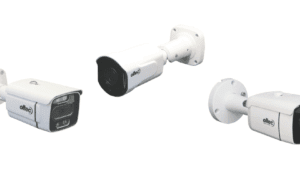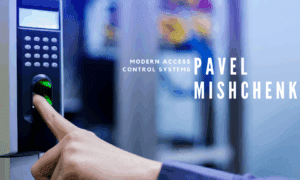Warehouses play a critical role in global supply chains, storing high-value goods, sensitive data, and essential equipment. With increasing automation and rising security risks, access control for warehouses has shifted from basic locks to sophisticated, technology-driven systems. Businesses now require integrated solutions that not only secure assets but also support operational efficiency.
The Evolving Security Demands of Warehouses
Modern warehouses face unique challenges:
- High employee turnover and contractor access needs
- Large facilities with multiple entry points
- Valuable inventory vulnerable to theft or tampering
- Compliance requirements for industries like food, pharmaceuticals, and logistics
Traditional keys or standalone badge systems cannot provide the flexibility, oversight, or real-time control needed in these complex environments.
Advanced Access Control Technologies
Biometric Authentication
Biometric systems are increasingly deployed in warehouse environments to secure high-value storage areas. Fingerprint or facial recognition reduces credential sharing, ensuring that only authorized staff gain access.
Mobile Credentials and Cloud Access
Smartphone-based credentials are replacing plastic cards and fobs. With cloud-hosted management, administrators can instantly add or revoke access permissions from anywhere. This is especially valuable for warehouses with multiple sites or third-party contractors.
Linking Access Control with Warehouse Operations
Surveillance and Analytics
Integrating access control for warehouses with video surveillance creates a complete security picture. Every access event can be matched with a camera feed, providing visual verification and reducing liability.
Time and Attendance Tracking
By using access control data, warehouses can streamline workforce management. Entry and exit logs double as attendance records, offering insights into staff productivity and compliance with shift schedules.
Integration with Warehouse Management Systems (WMS)
Access control can connect with inventory and logistics platforms to safeguard supply chains. For example, access rules can ensure that only authorized personnel handle hazardous materials or temperature-sensitive products.
Benefits of Technology-Driven Access Control
- Real-time monitoring across multiple facilities
- Scalable solutions for growing operations
- Automated compliance reporting
- Reduced risks of theft, accidents, and unauthorized entry
- Improved operational efficiency through system integrations
Conclusion
As warehouses grow more automated and interconnected, technology is the foundation of effective security. Access control for warehouses goes beyond simply locking doors — it integrates biometrics, mobile credentials, and cloud-based platforms to safeguard assets and streamline operations. Businesses that invest in these advanced solutions are not only securing their facilities but also future-proofing their supply chain.



































